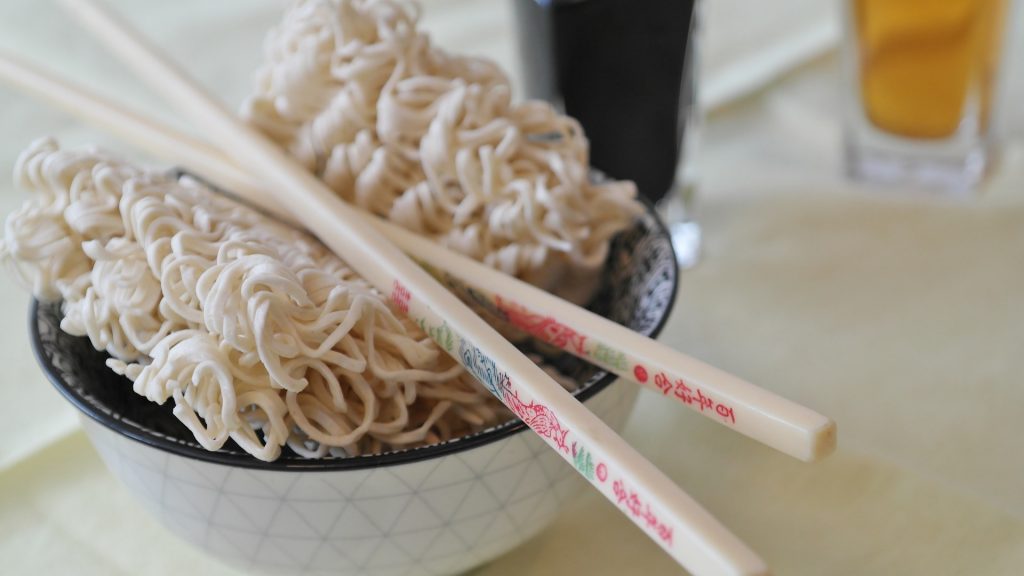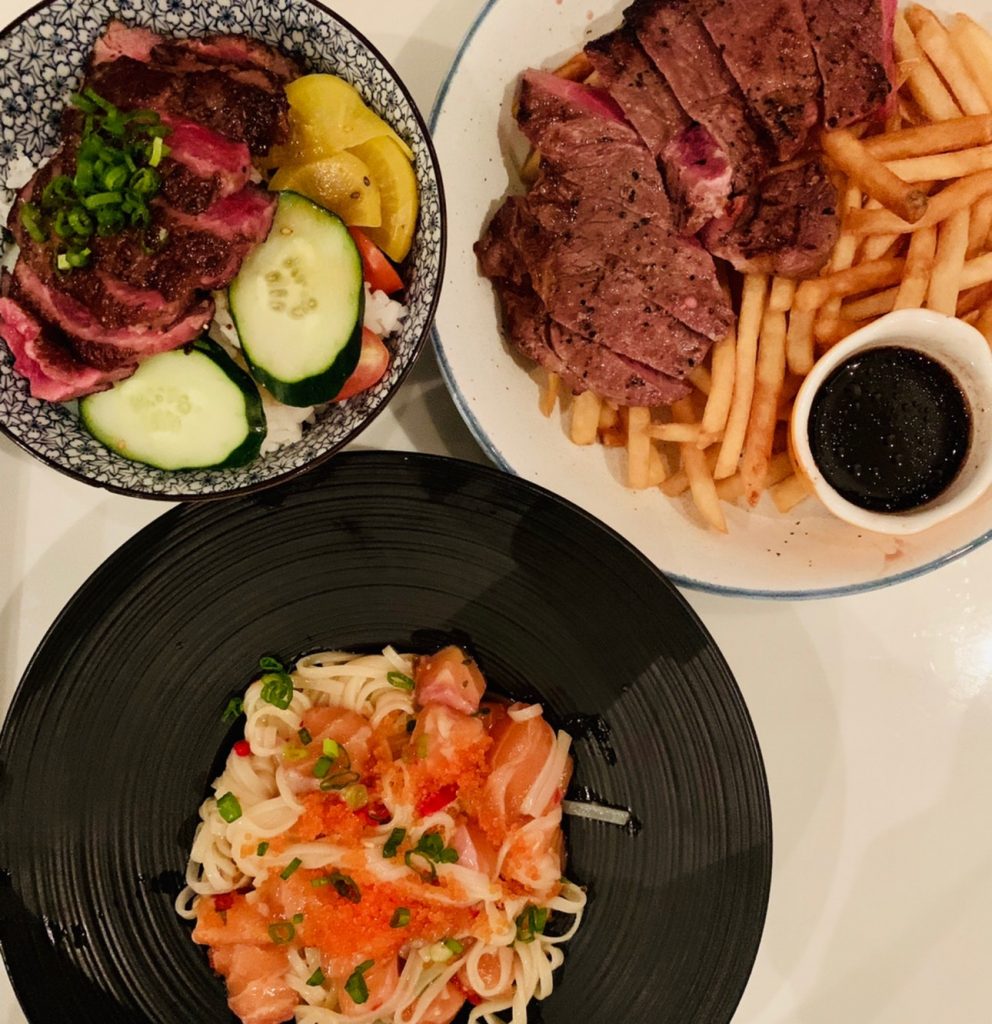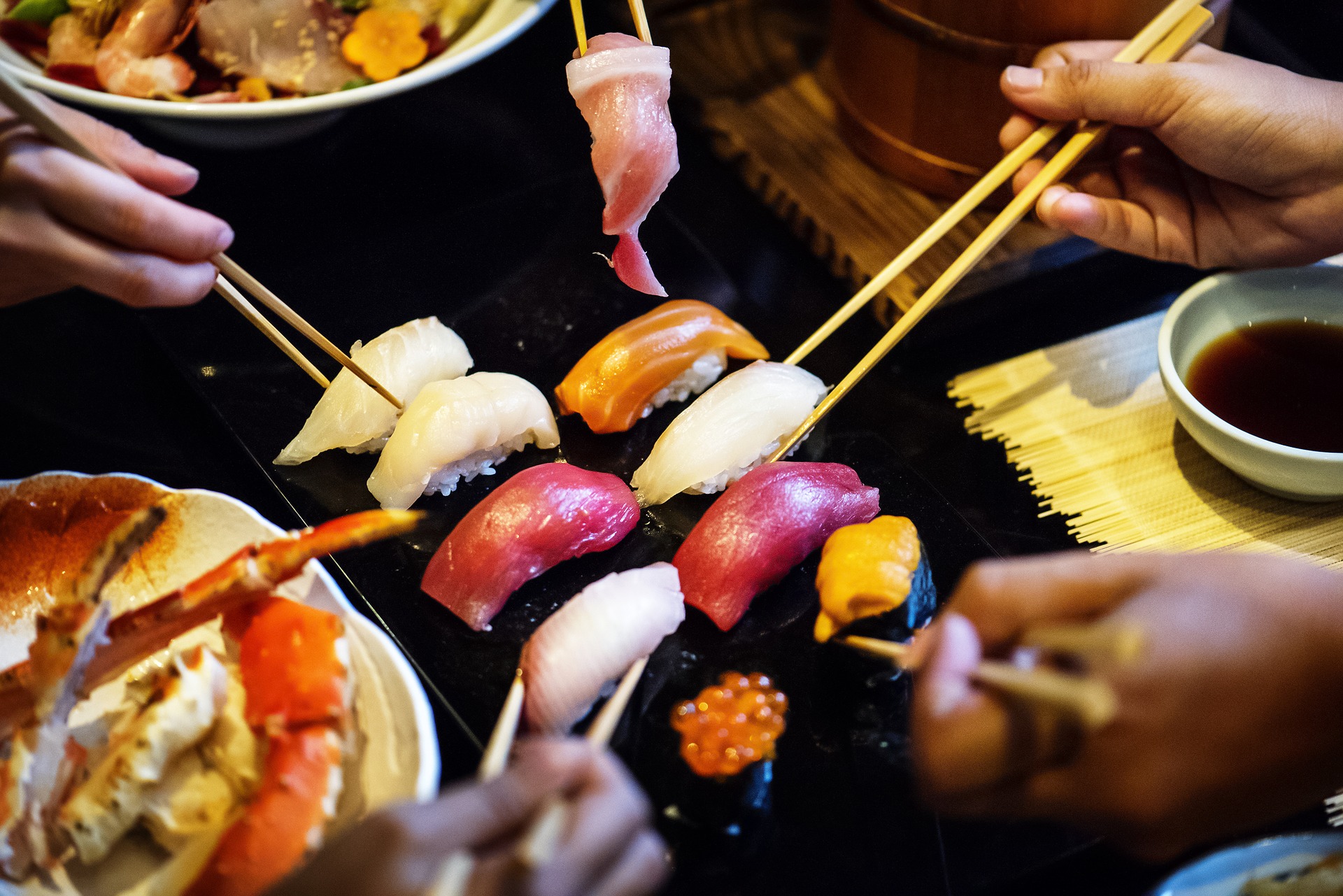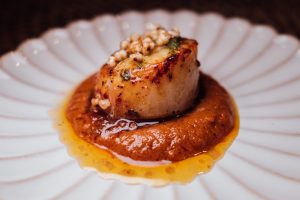Dhoby Ghaut station, 6 PM on a Saturday night. I’m meeting my friends here because no one in the WhatsApp group chat wanted to decide where to eat—it was a week of inertia, silence, digressions. Everyone decided that everyone will decide what to eat after meeting. As usual.
But no matter. I’m having a swell time hanging out with my friends.
Until now.
It starts with the hollow growl issuing from someone’s stomach (usually mine), followed by some friendly teasing. Then the conversation dwindles, so someone suggest: “Let’s makan. Where you all want to go?”
Friend 1: Anything lor.
Oh no. There it is. Like an incantation, all it takes is one person—whom everyone will blame for being patient 0, the protest’s instigator—uttering these words before the floodgates are unleashed. I brace myself for the ensuing impasse.
Friend 2: Ya, I also anything.
Friend 3: You leh, what do you want to eat?
As hard as I struggle against this trance, I’m unable to stop these words from rushing out of me: “Actually … I also don’t know.”
Half an hour passes. We remain immobile as stomachs start digesting themselves. It’s a big group of 6, so the bystander effect is particularly strong. A sullen cloud descends and we end up eating something nondescript, forgettable, regrettable; something like Long John Silver’s.
And so this simple act of choosing where to eat becomes that inevitable hump in the road stalling a convivial outing.
But why? When it comes to other decisions, like what game to play on the Nintendo Switch (Mario Kart is objectively more fun than Super Smash Bros) or which country to travel to for a weekend vacation, the gathering transforms into a debating arena where passionate speeches and elaborate pleadings are made.
Yet we become frustratingly indecisive when it comes to food. This is all the more ironic in a food-obsessed nation of opinionated people—shouldn’t the chance to pick what we put into our mouths be something to anticipate, savour, fight for? How are food options different from any other choice we make in everyday life?

Apart from stalwart cuisines like Thai, Japanese, and Italian, you can find Tibetan momos and Russian borscht in places ranging from put-leg-on-seat coffee shops to fancy restaurants where the water is harvested by hand from a Himalayan glacier.
When swamped with this dizzying array, things aren’t made easier, but more difficult.
For me, I get overwhelmed because the task of comparing everything to determine the optimal choice drives me crazy. My typical thought process goes: “Hmm, maybe I want dumplings today. But do I want xiao long baos or guo tie? What about gyoza? Are they even different? Is it just the dipping sauce? Actually, I feel like pasta too. Do ravioli or gnocchi count as dumplings? AHHHHHH!!!”
This phenomenon, known as the paradox of choice, is the downside of living in a gourmet paradise like Singapore.
If there were only fishball noodles stall and char kway teow stalls in Plaza Singapura, sure, my friends and I would complain about the monotony. But the agony of rotating between these two dishes each time we meet is arguably less than that of having to choose among the world’s cuisine inside one shopping mall.
Granted, it’s a first-world problem, but it’s a problem nonetheless.
Confronted by this sense of dizzying freedom, the only thing I know how to do is let go and cry out, “Anything lor.”

While there is undeniably a cornucopia of food establishments on our island, not every restaurant, unlike schools, is a good restaurant.
We all know about the places where ‘spaghetti Bolognese’ means Barilla pasta slathered with tomato sauce from a bottle, or where the ‘poulet à la crème et champignons’ is a sad slab of chao ta chicken drowning in Campbell’s cream of mushroom soup.
But such knowledge is hard earned. Without actually eating whatever it is that’s masquerading as food—and bemoaning every single mouthful—we wouldn’t know the actual quality of a restaurant’s dishes.
Food blogs today are of no help either. They are as trustworthy as gossip rags—many a time have I enthusiastically visited a restaurant because of a glowing review on [you know which blogs I’m talking about], only to end up cursing their blogs and wishing for all the cockles they eat to be infested with grains of sand.
And there is nothing more disappointing than wasting money on a meal. With rising food prices—a plate of said bottled-tomato-sauce-pasta can cost up to $15 today—choosing a bad restaurant entails so much more than bad food, but bad economics as well.
Therefore, it is always a risk suggesting a restaurant. And even though we Singaporeans are opinionated people, we are also infamously risk-averse. With such repercussions at stake, who would want to take on the responsibility of suggesting a place to eat?

For inspiration, I run through my list of dependable restaurants, but find myself dismissing each in turn:
4Fingers? Feeling too heaty for fried chicken.
Itacho Sushi? Better not eat raw fish, stomach feels weird.
Crystal Jade Kitchen? Hmm, just don’t feel like having Chinese.
So I wait for a friend to bring up their favourite places.
Of course, no one does, because they are probably conducting the same mental exercise and coming to the same impotent conclusion. But how on earth am I supposed to narrow down what I want to eat if I don’t have a catalogue of things I don’t want to eat?
Lost in this existential crisis, I sigh to my friends, “Anything lor”.

Delegation does us no favours. Even if we assign a Food Leader for each outing, said person will mysteriously develop a sore throat or a headache, claim that they are too incapacitated to choose, and taichi the decision-making to someone else in the group. Who will, of course, do the same, causing us to end up at Long John Silver’s. Again.
Randomizers don’t work either. For a time, we tried using a website that arbitrarily picks an option—but the problem is that you have to supply the items in the first place. Which is a decision to be made in itself!!! Even if we get past that huge, first hurdle, someone will inevitably go, “But don’t feel like leh” when the website alights on an option.
The only times when my friends and I reach a quick decision—or make any decision at all—are when a restaurant has an offer, like Geláre’s half-priced waffles on Tuesday, or if someone has one of those dining apps with discounts.
By considering only restaurants with available deals, the field is trimmed substantially. This winnowed selection removes the paradox of choice and our ability to be fussy eaters who reject every option. That’s the first and third problems solved.
And, I mean, we’re Singaporeans. Money trumps everything. Offers substantially lower the risk of a bad dining experience. If the food turned out horrible, it would at least sting less and be easier to shrug off when we paid only 50% its usual price. In fact, we might even gloat at how we averted a full-blown dining and economic crisis, thanks to the discount. Let’s face it. This sense of smugness will nourish our souls more than the meal.
On the occasions when the meal was good, well, we got to have our cake and eat it. Sometimes literally.
And everyone knows, there is no greater pleasure in the world than eating good food at a good deal: the feeling that you have somehow outwitted the system and discovered a bargain so incredible it seems like a scam, coupled with the sheer physical pleasure of something delicious flooding your tastebuds.
That is perhaps the only motivation that can banish the plague of the ‘anything’.
What are your ways of stopping the ‘anything’ monster from consuming your friends? Share your secrets with us at community@ricemedia.co





